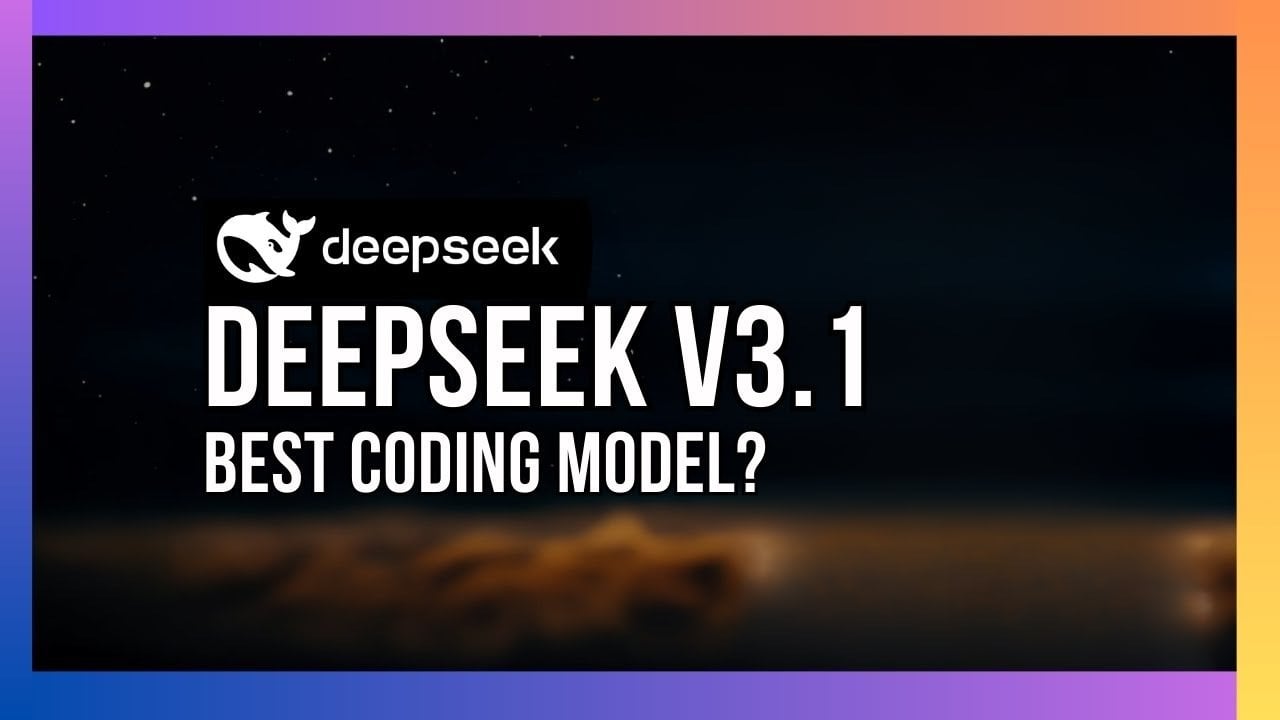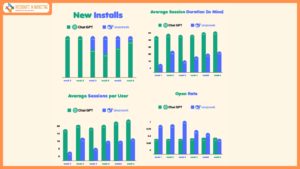Overview of DeepSeek V3: Enhanced AI for Coding and Reasoning Challenges

Understanding DeepSeek V3.1: A Leap in AI for Coding and Reasoning
DeepSeek V3.1 marks a significant advancement in artificial intelligence, particularly for those involved in coding and reasoning tasks. Featuring improved token generation, enhanced reasoning skills, and flexible accessibility, this model aims to meet the changing demands of software developers and researchers. Despite its notable features, it is not without limitations, which are worth discussing. Below, we explore the various aspects of DeepSeek V3.1 in detail.
Key Features of DeepSeek V3.1
DeepSeek V3.1 impresses users with its advanced capabilities, which include generating complex code from simple prompts and demonstrating improved reasoning abilities.
1. Enhanced Coding Capabilities
One of the most significant strengths of DeepSeek V3.1 is its ability to produce functional and complex code based on straightforward requests. This model is particularly beneficial for developers working on varied projects, from website development to software upgrades. The generated code is not only syntactically correct but also functionally sound, significantly reducing the time spent on debugging.
For instance, when tasked with creating a fully operational e-commerce site, DeepSeek V3.1 can provide code that effectively integrates payment systems and user authentication. This feature proves to be invaluable for those working under pressure or tight deadlines, helping developers maintain productivity.
2. Improved Reasoning Performance
DeepSeek V3.1 shows impressive advancements in reasoning tasks, particularly in complex scenarios that require nuanced understanding, such as ethical dilemmas or philosophical questions. With well-crafted prompts, users can receive contextually relevant and insightful responses to challenging problems.
However, users should be aware that the model may sometimes struggle with certain complex issues like the Monty Hall problem. Thus, refining the prompts is essential to unlocking the full potential of its reasoning capabilities.
Expanded Token Generation
One of the standout features of DeepSeek V3.1 is its ability to accommodate up to 231,000 tokens in certain configurations. This expanded capacity can be particularly advantageous for large-scale software development projects that require vast amounts of code.
The ability to manage such a high token count is essential for activities like:
- Creating detailed documentation
- Building extensive datasets
- Developing complex software applications
By handling these large token requirements efficiently, DeepSeek V3.1 allows developers to complete even the most challenging projects without relying on additional tools or multiple iterations.
Flexible Accessibility and Deployment Options
DeepSeek V3.1 prioritizes user accessibility through a variety of platforms, allowing interaction through the DeepSeek website, Hugging Face, and OpenRouter. OpenRouter offers free API access with flexible token limits, enhancing its appeal for developers and researchers.
For those interested in local deployment, the model weights—totaling 700 GB—can be downloaded. However, setting it up locally requires a significant amount of storage and GPU capability, which might be a barrier for users with limited resources. This feature provides users the choice between cloud-based access and on-premises deployment, allowing for greater customization and flexibility.
Limitations of DeepSeek V3.1
Despite its strengths, DeepSeek V3.1 has certain limitations that users should consider. The model can produce minor reasoning errors in specific contexts, which might affect its reliability for certain tasks. Additionally, the documentation available has not yet been updated to reflect new token capacities and features, potentially causing confusion for new users.
Practical Applications of DeepSeek V3.1
DeepSeek V3.1 is especially well-suited for software development activities that require extensive token generation and high accuracy in code production. Its capability to transform simple prompts into functional, high-quality code makes it a valuable asset for developers.
With its flexibility across various platforms and APIs, users can experiment and tailor its use to fit their unique requirements, whether that’s building a sophisticated application, engaging in complex reasoning tasks, or exploring AI-driven code generation.






